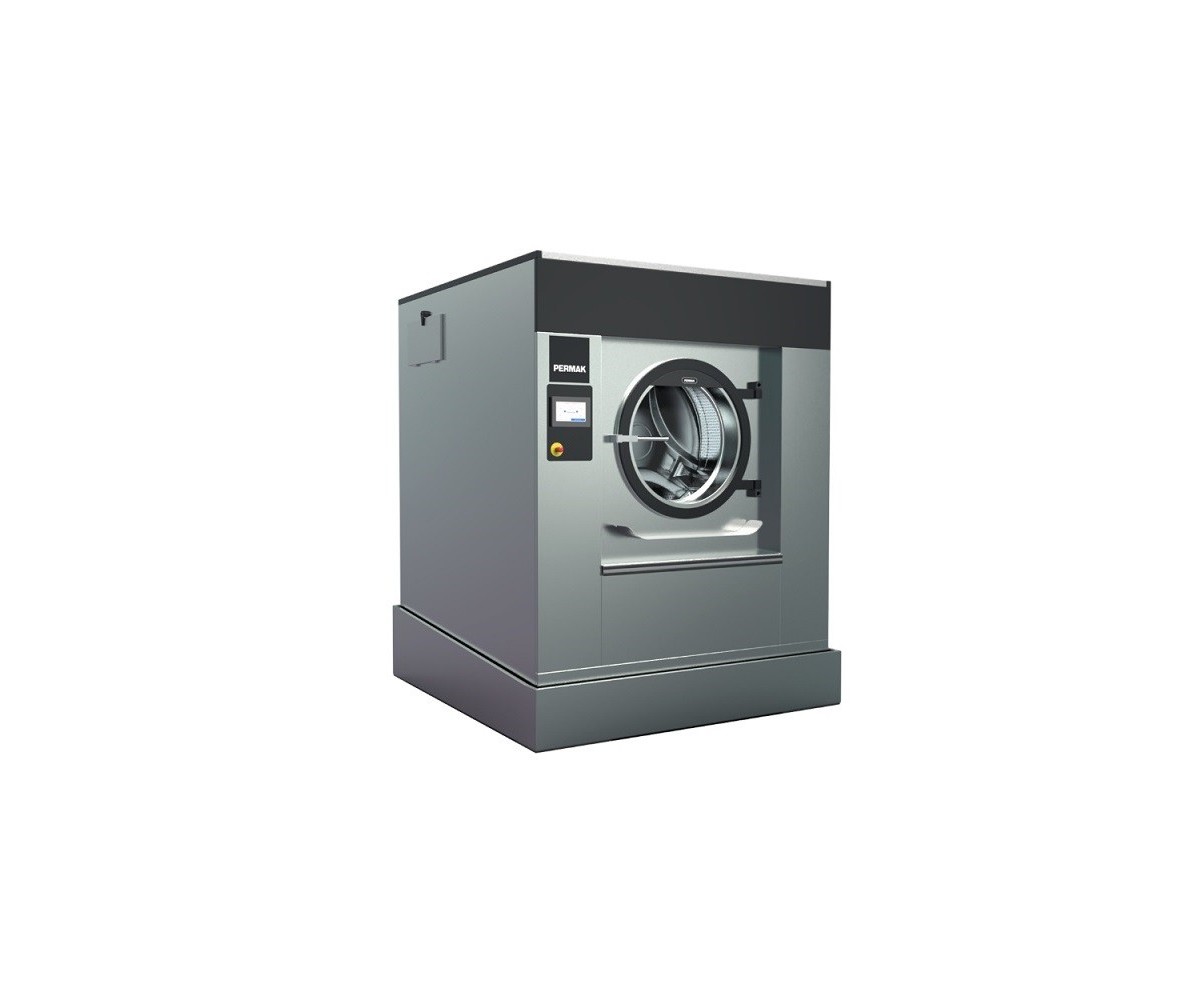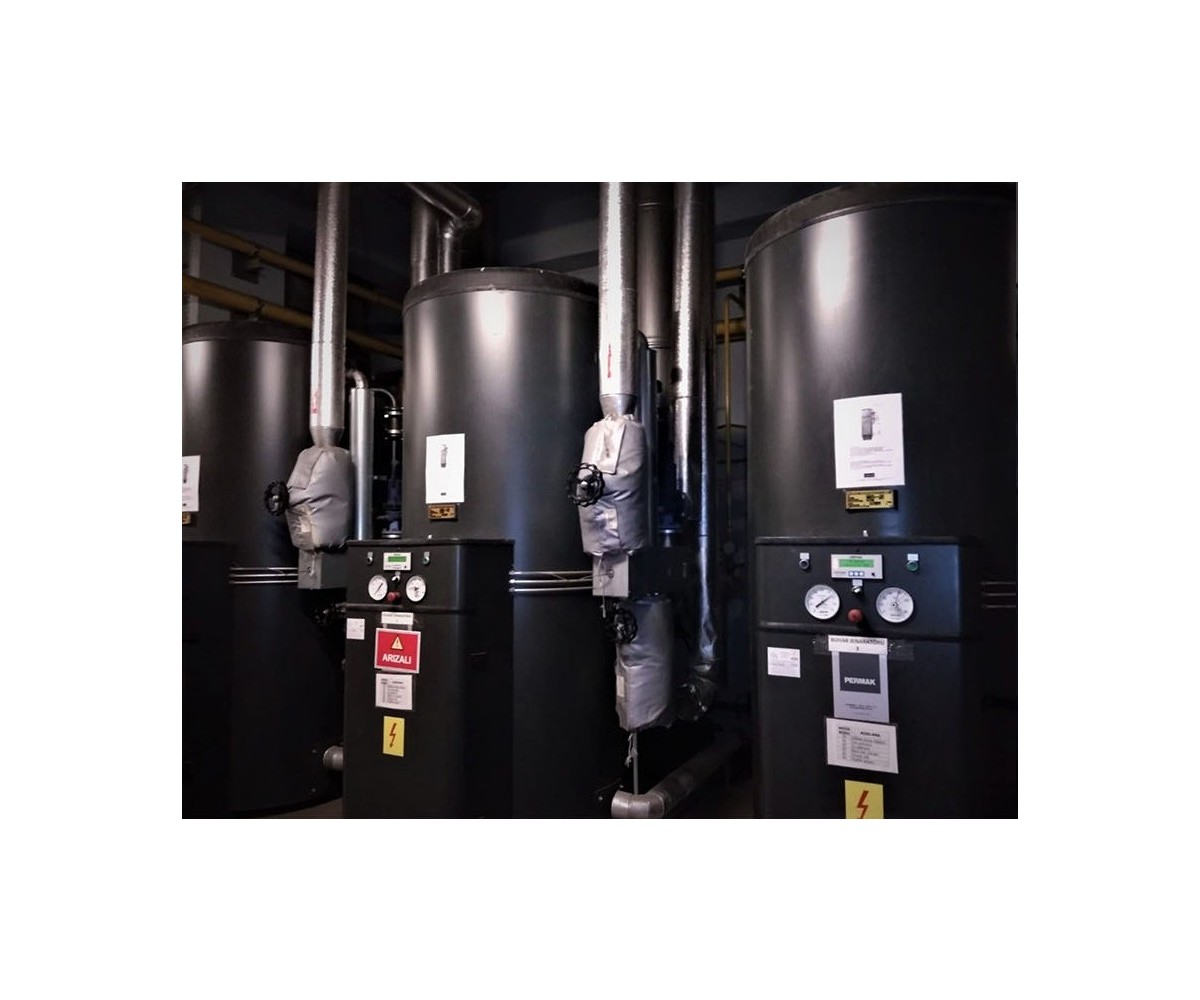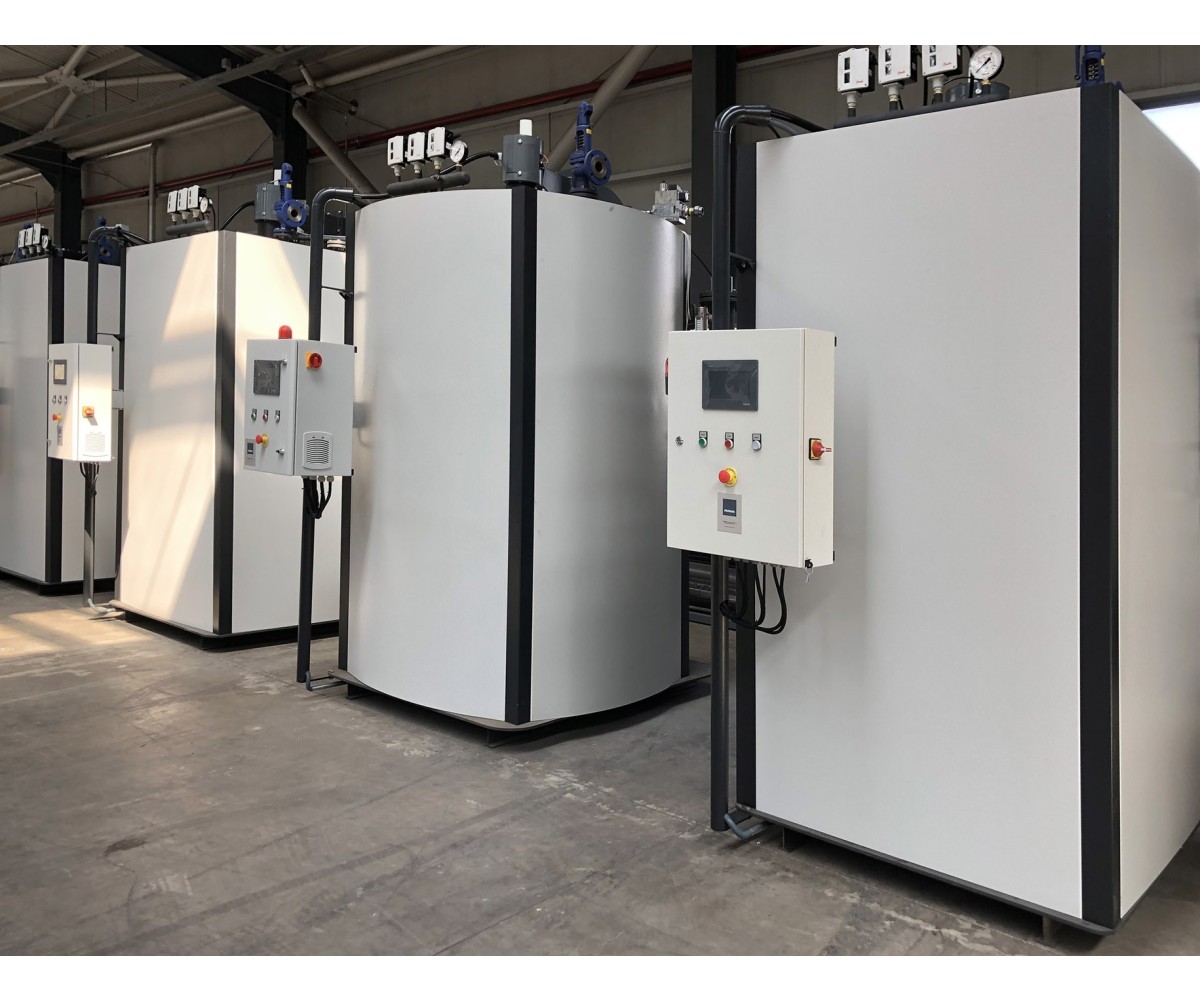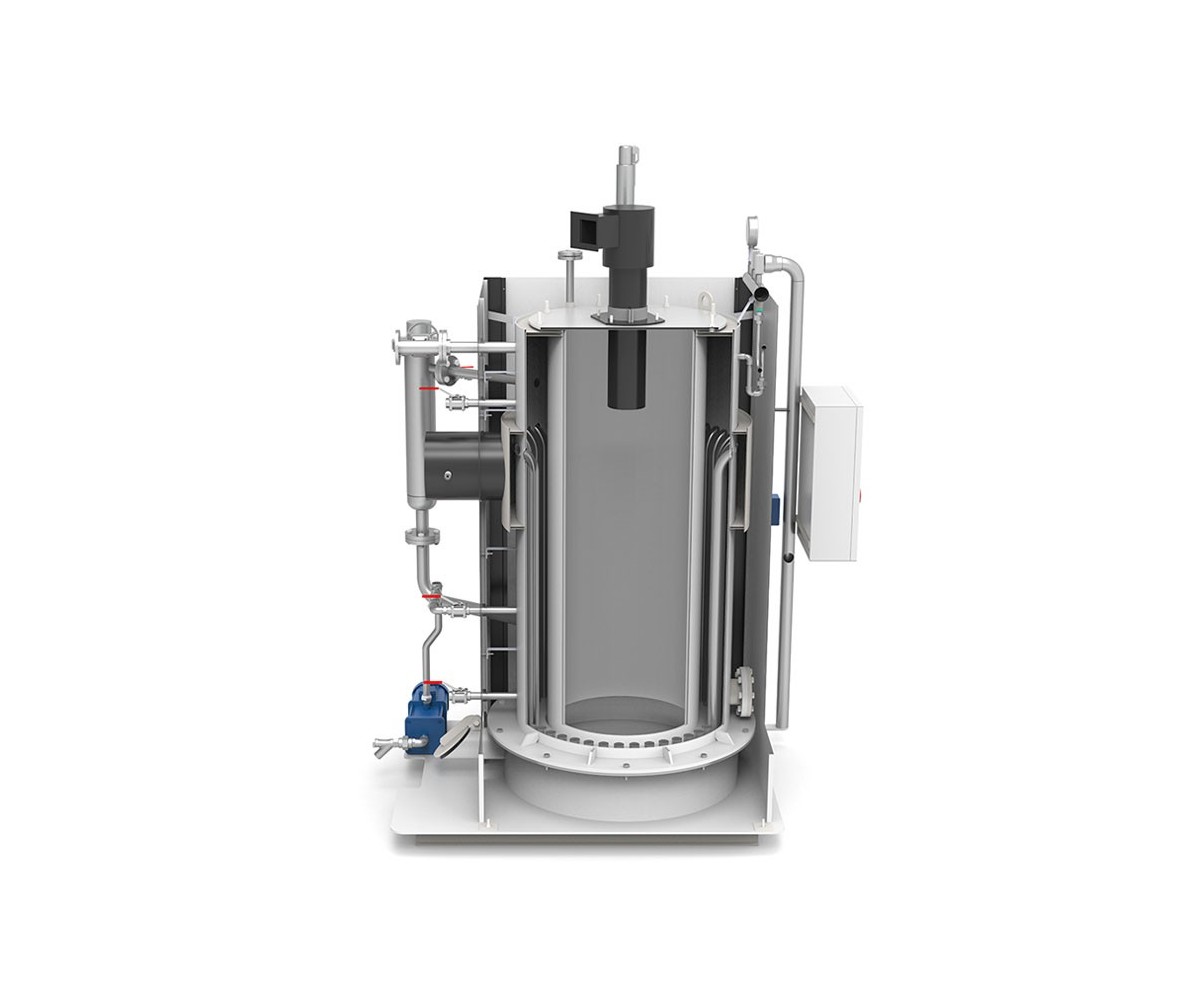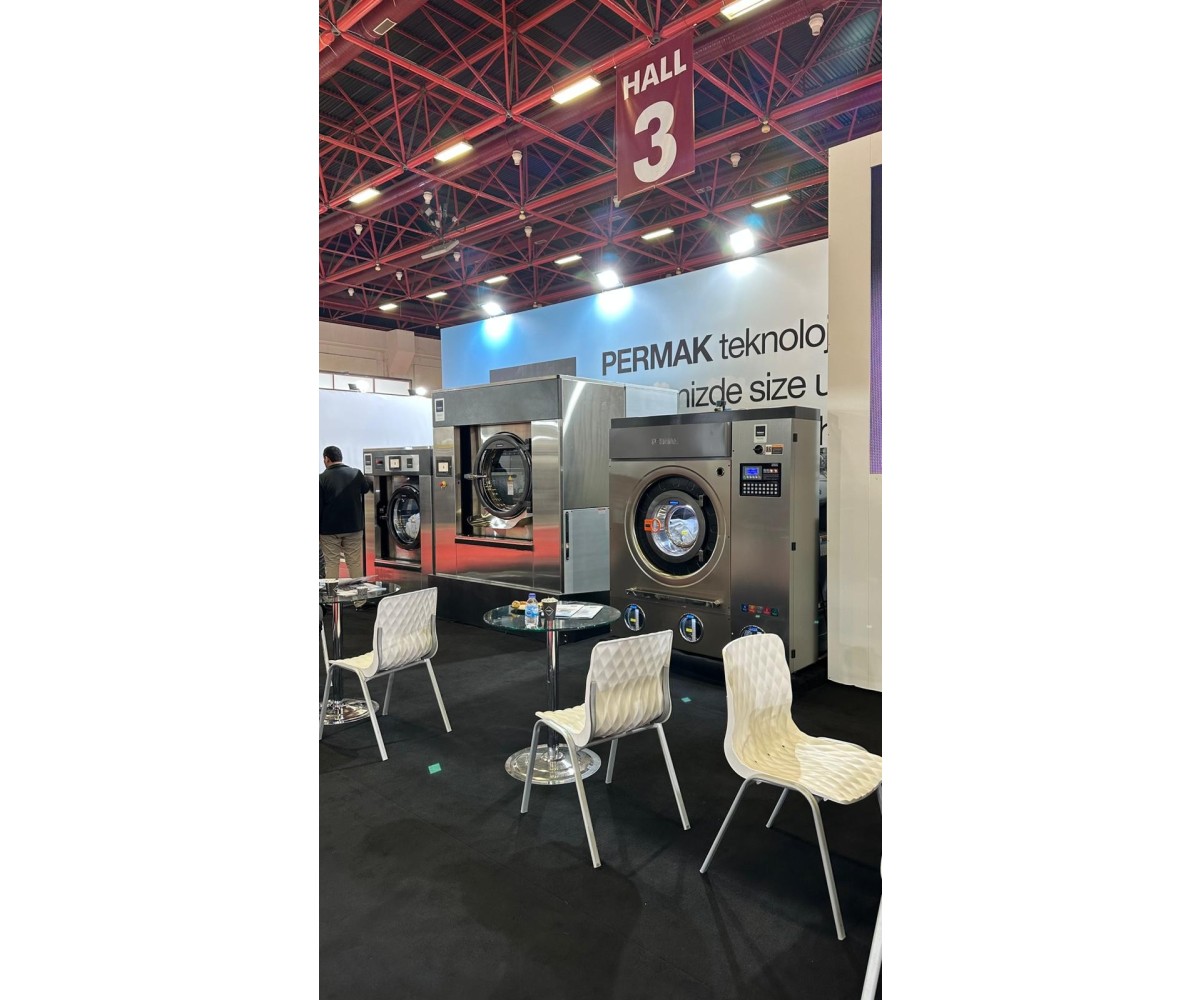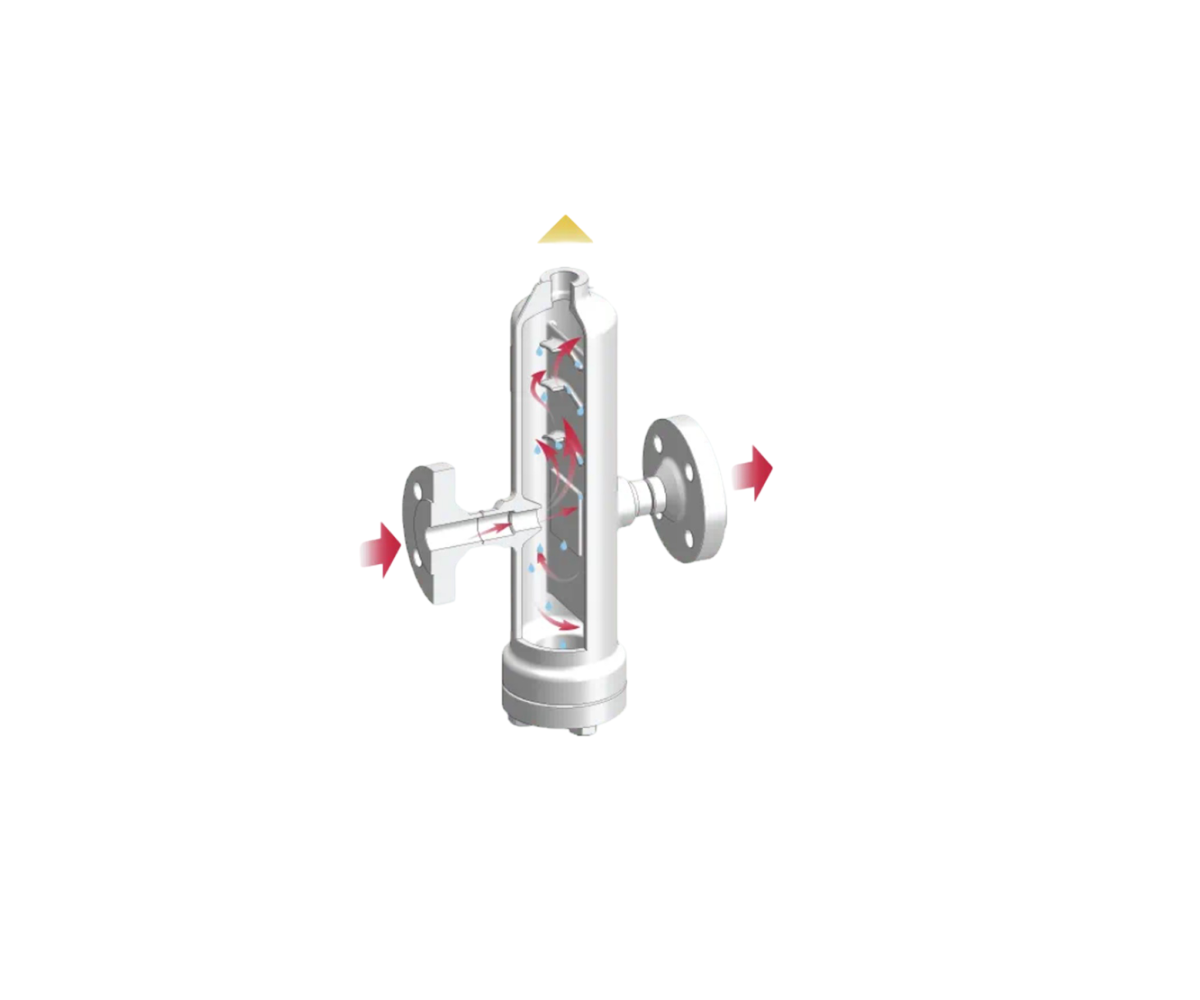Another Way to Increase Efficiency: Generating Steam at High Pressure
Effects of High-Pressure Steam Generation on Efficiency and Savings
When it comes to steam systems , efficiency is important not only to reduce costs but also to achieve sustainability goals. A simple yet highly effective way to increase the efficiency of your steam system is to produce steam at higher pressures. Here’s why:
- Possibility of Savings on Installation Costs
At higher pressures, steam occupies a smaller volume. This means more steam can be transported through smaller diameter pipes, reducing the need for larger, more expensive infrastructure.
For example, you can transport 1,000 kg/h of steam at 4 bar with a DN 80 pipe. However, if you work at 8 bar, a DN 50 diameter will be sufficient for you.

- High Heat Transfer Efficiency
Higher pressure steam has a higher saturation temperature, which provides better heat transfer in heat exchangers or process equipment.
This will provide faster and more effective energy delivery to your processes.
- Energy Savings in Distribution
High-pressure steam systems experience lower specific energy losses during distribution.
By reducing heat loss in piping, more energy reaches its intended destination – your process.

- Increased Steam Dryness Rate When Switching to Low Pressure
Generating steam at higher pressures offers greater flexibility. You can reduce the pressure at the point of use with control valves or pressure reducing stations, thus increasing the dryness of your steam.
This means you can get more energy from the same amount of steam.

- Cost Savings Over Time
Higher pressure steam systems will not have as high operating costs as one might think.
The modest cost difference, operational savings in energy, maintenance and infrastructure outweigh these upfront costs in the long run.

